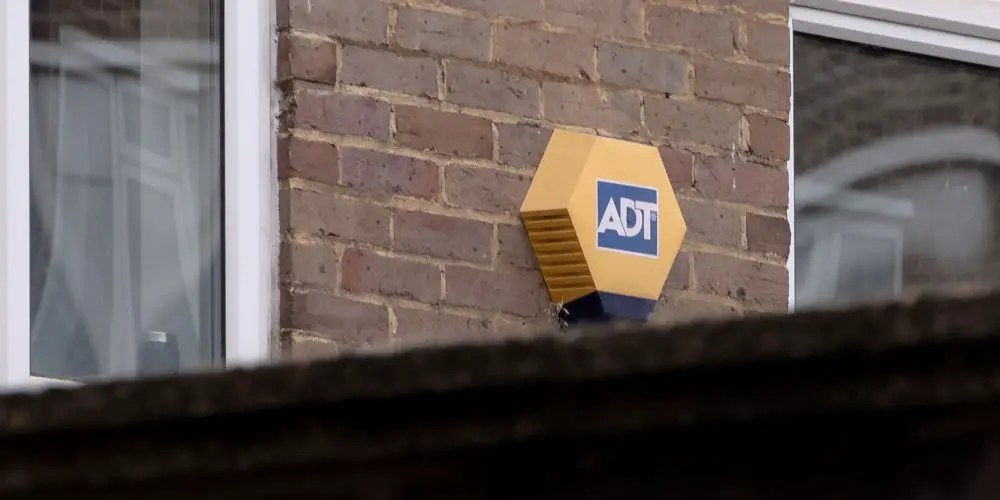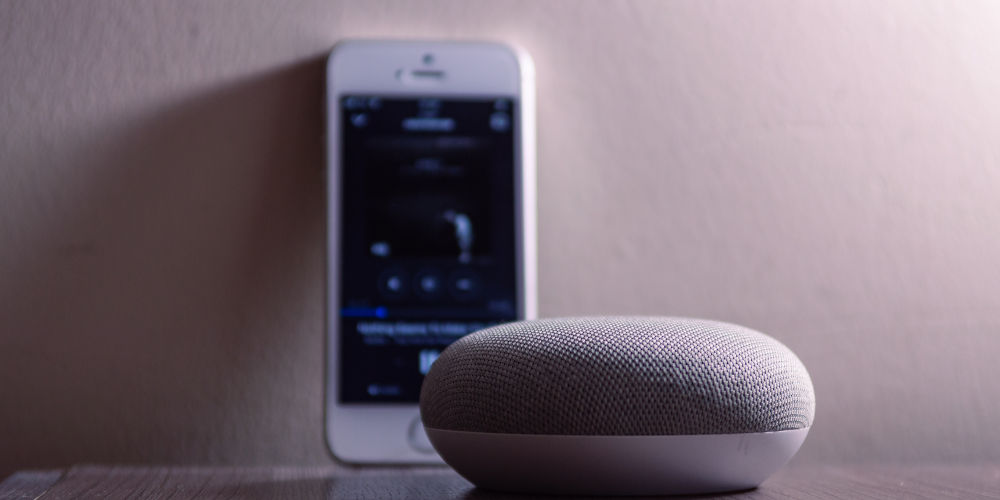10 Smart home disadvantages and how to mitigate them

Technology in the home can be a double-edged sword. It can dramatically improve life but at the same time, there are always disadvantages to be aware of. Here are the major smart home disadvantages to be mindful of and how to mitigate them.
Protecting yourself and your home involves understanding risks and taking steps to lessen these. It might be impossible to fully remove all the risks in your home automation system. However, by understanding them, you can find solutions that keep you and your home safe.
As home automation should protect your property and not leave it at risk, here are some of the major smart home disadvantages and how to mitigate them.
#1 Identity theft happens daily
Several types of hackers exist. Some hack individual smart home devices to reveal the owner’s details. These look for devices running outdated firmware or using the default password, and so are easy to compromise. They can cause untold damage.
But there is a category of hacker that’s worse. Rather than breaching an individual’s smart home device to steal their identity, they will infiltrate the manufacturer’s database, gaining access to thousands of users’ data in the process.
If you’re one of those unfortunate users, a digital thief can apply for credit cards using your name, take out a mortgage under your name, or otherwise impersonate you and turn your life upside down.
A simple way to reduce the risk of a data breach affecting you is only sharing minimal personal information with smart devices, keeping devices up to date, and regularly monitoring your credit report for suspicious changes.

#2 Targeted attacks on particular smart devices
Your smart home devices hold a treasure trove of personal information, including your birth date, location, and credit card details. Cybercriminals can steal all of this data by hacking into a device that lacks robust protections to thwart attacks.
They can then use the stolen data to launch targeted attacks to rope you into shady deals. For example, if a hacker uncovers a family member who has large debts, he could send you a phoney request for money on behalf of that relative.
Avoid becoming a cyber victim by not sharing financial information, such as bank details, with smart devices, and avoid connecting email clients, calendars, and other apps that contain sensitive information with your devices.
#3 Tracking your location
Being able to share your location with a loved one is a double-edged sword. It can give you peace of mind as you know where they are, but it also leaves them vulnerable.
If a hacker can track a friend who’s making their way to your home, they might be able to compromise your smart home system. When a hacker has your home’s location, they can spy on you in real time.
For example, clicking on a malicious link through a smartphone or computer has in the past duped vulnerable smart speakers into revealing a user’s location complete with the street address when the phone or computer was connected to the same network.
So, it’s best to avoid clicking on suspicious links. Also, consider creating a second network just for smart-home devices that can help keep your coordinates secret.
![]()
#4 Is the technology always listening?
Do you feel like someone is always secretly listening to you? Well, if you own a smart speaker, such as the Google Nest Mini or Amazon Echo Dot, your concern is well-founded.
Not only do these digital voice assistants listen in on you continuously while on, but hackers can also exploit security loopholes to gain access and issue their own commands or harvest prior recordings.
To protect your privacy, periodically delete stored recordings, don’t pair security devices such as cameras or door locks with the speaker, and consider turning off your smart speakers when not in use.
#5 Easily guessed passwords
It’s typical for the user to forget to change the default password on their smart home hubs to something stronger. And as the hub connects all the smart devices on your network, a weak password is a free lunch for hackers.
It doesn’t take much for them to penetrate and gain access to the hub and tamper with it, and with your other smart devices located in your home. For example, hackers could spook homeowners by switching lights on and off or changing TV channels.
Avoid virtual break-ins by always using complex, unique passwords. Where possible, use two levels of authentication for all your smart devices. Plan to update passwords on key devices every 6 or so months.

#6 Damage to appliance or property
Breaches of smart devices that control critical functions of the home, such as the heating system, can be disastrous. A hacker who has access to your thermostat could fiddle with it and cause it to malfunction.
Sadly, that’s not the worse thing possible. A hacker could crank up the oven and cause a house fire, while you’re away from home. If you opt for these devices, look for ones that let you lock the settings to make it harder for others to change them.
#7 Home intrusion risk
While the potential for remote device tampering is plenty scary, it pales in comparison with the risk of a physical break-in posed by security devices like smart door locks and surveillance cameras.
Unidentified security loopholes in any of these devices could grant hackers permission to disable cameras or unlock doors to let in accomplices, burglar your property, or even lock you out of your own home.
So, consider installing security door braces, and a security alarm that isn’t smart can help guard against intrusions. Mixing smart and non-smart technology is one way to ensure you can still access your home regardless of what happens.

#8 Manipulation of your data
Some of the sneakiest smart home hackers know how to leave no evidence behind. It’s no different from wearing gloves and a ski mask, only they’re acting virtually.
Data transmitted by smart devices like printers and smart TVs are often unencrypted, a virtual villain can view and manipulate any data collected by your devices.
Someone hoping to break into your home could, for example, replace the existing video feed from your surveillance camera with edited footage to avoid getting caught.
You will want to use advanced networking monitoring tools as they help alert you to suspicious communications or operations on the network.
#9 Third-party flaws
The idea of turning lights on and off remotely or opening and closing your garage doors is very cool. However, many homeowners fail to realise that third-party apps or smart home platforms have security flaws.
You could find that apps without secure authorisation may allow people other than you to impersonate you. They could operate your devices if they get access to your phone or can hack into your apps.
Plus, some apps group permissions to perform operations on the device rather than requiring separate permissions for each function. A hacker could have the ability to, remotely lock and unlock your front door.
When in doubt, use only authorised apps and platforms to control your smart devices.

#10 Outdated firmware and software
The biggest risk to your smart home is out of date firmware and software. By failing to keep devices up to date, you make it easy for cybercriminals to exploit them for nefarious purposes.
Fully protect your smart home devices by buying from reputable brands that make security a top priority. Next, set devices to update automatically when new software is available.
You’ll have the latest security patches that close known loopholes, minimize the risk of viruses, and keep your smart home running smoothly and safely.
Mitigating the major smart home disadvantages
Trying to mitigate all smart home disadvantages is impossible. However, by understanding the risk, we can put steps in place to manage the risks. Usually, the people who end up being hacked are those who didn’t follow any of our common sense advice.
You want to keep devices up to date and change passwords often. Where possible, use two-factor authentication to beef up security.
It’s best to only buy devices from long-standing manufacturers who invest in security and avoid new entrances to the market until they become established. Doing so will reduce the hacking risk.
Now you have a better understanding of some of the smart home disadvantages, you can plan how you’ll mitigate them. Our best advice is to stay vigilant.




